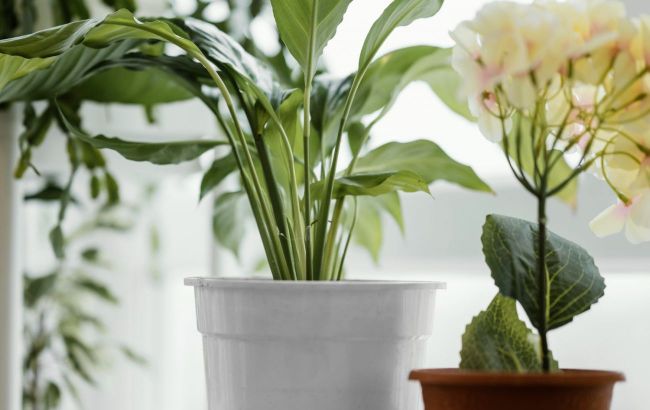How to clean your houseplants to get rid of dust
 How to clean indoor plants from dust (Photo: Freepik)
How to clean indoor plants from dust (Photo: Freepik)
Like everything else in the house, indoor plants can accumulate dust and dirt. All this buildup can hinder the plants from functioning properly and deprive them of their organic, vibrant appearance. Therefore, it's important to know how to properly clean plant leaves, according to Martha Stewart website.
How to clean plants
Plants with sturdy shiny leaves should be carefully wiped with a damp cloth to remove accumulated dirt. Plants with fuzzy leaves require a gentler method.
Specifically, you can use a soft-bristled makeup brush to remove dust from each leaf. Avoid using brushes with rough edges, as they may damage the plant's surface.
To clean cacti, you can use tweezers to remove any debris.
Plants should be cleaned once a month to keep them looking healthy and vibrant.
Indoor plants absorb CO2 and release oxygen through leaf pores. Dirty leaves simply cannot absorb as much CO2 or release as much oxygen into the air. This worsens the plant's health and air quality. Dusting or washing your plants can significantly improve their health and air quality.
One way to wash indoor plants is in the kitchen sink. Compared to the shower, it's much easier to control water pressure and temperature, as well as to support the leaves to prevent breakage.
Cleaning soil from debris
Part of maintaining plant cleanliness involves clearing the soil from debris. This prevents mold from forming on fallen leaves, flowers, etc., and keeps your plant safe. It also ensures better airflow.
The soil should be protected during rinsing. Even if plants aren't afraid of moisture, overwatering the soil can be harmful. Additionally, along with water, all the dust and harmful substances from the leaves will enter the soil.
It's important that the water used for regular cleaning and spraying is warm. A large portion of indoor plants don't appreciate water temperatures lower than the room temperature.
Earlier, we reported on 5 plants that are perfect for a child's room.

